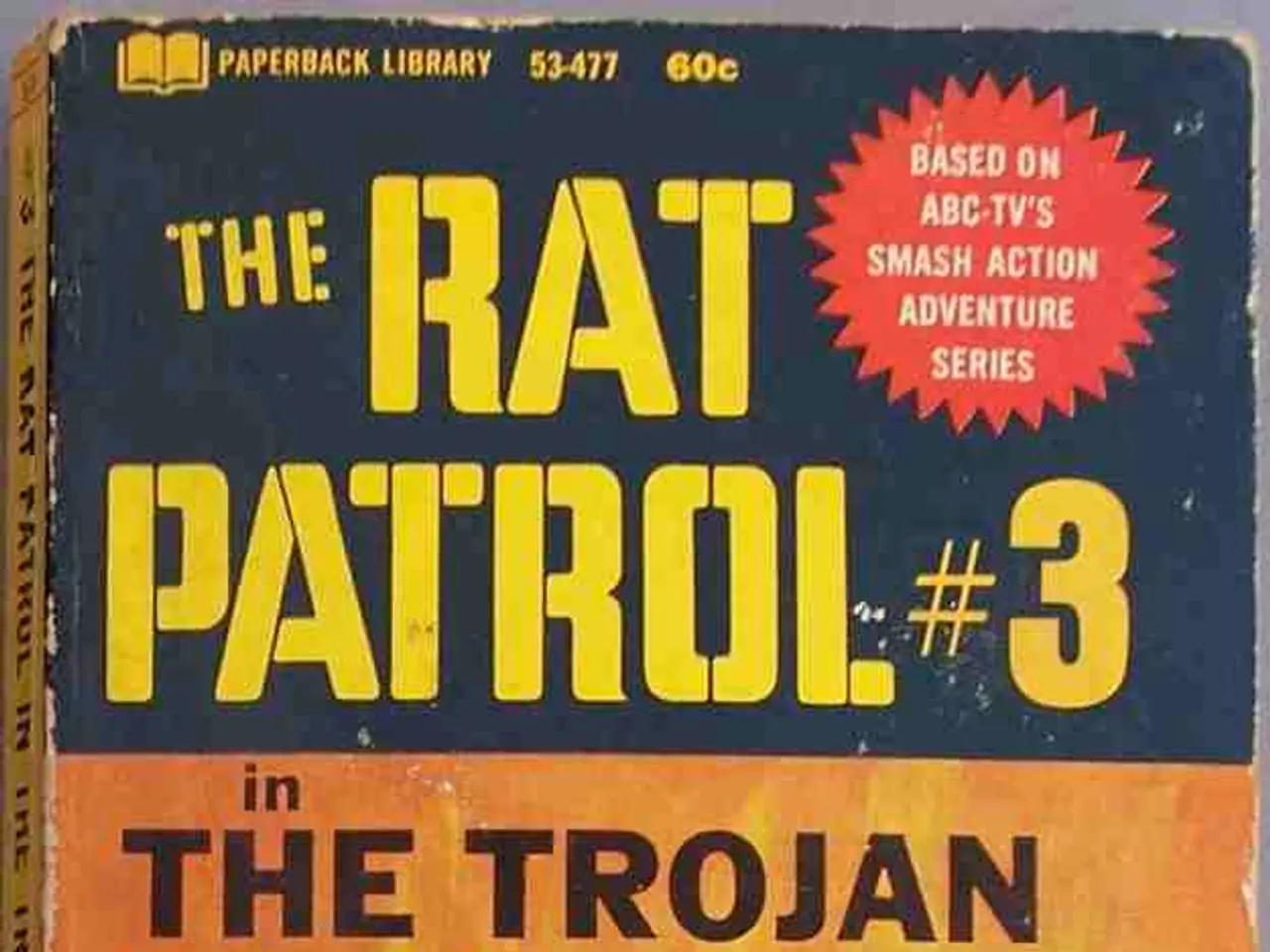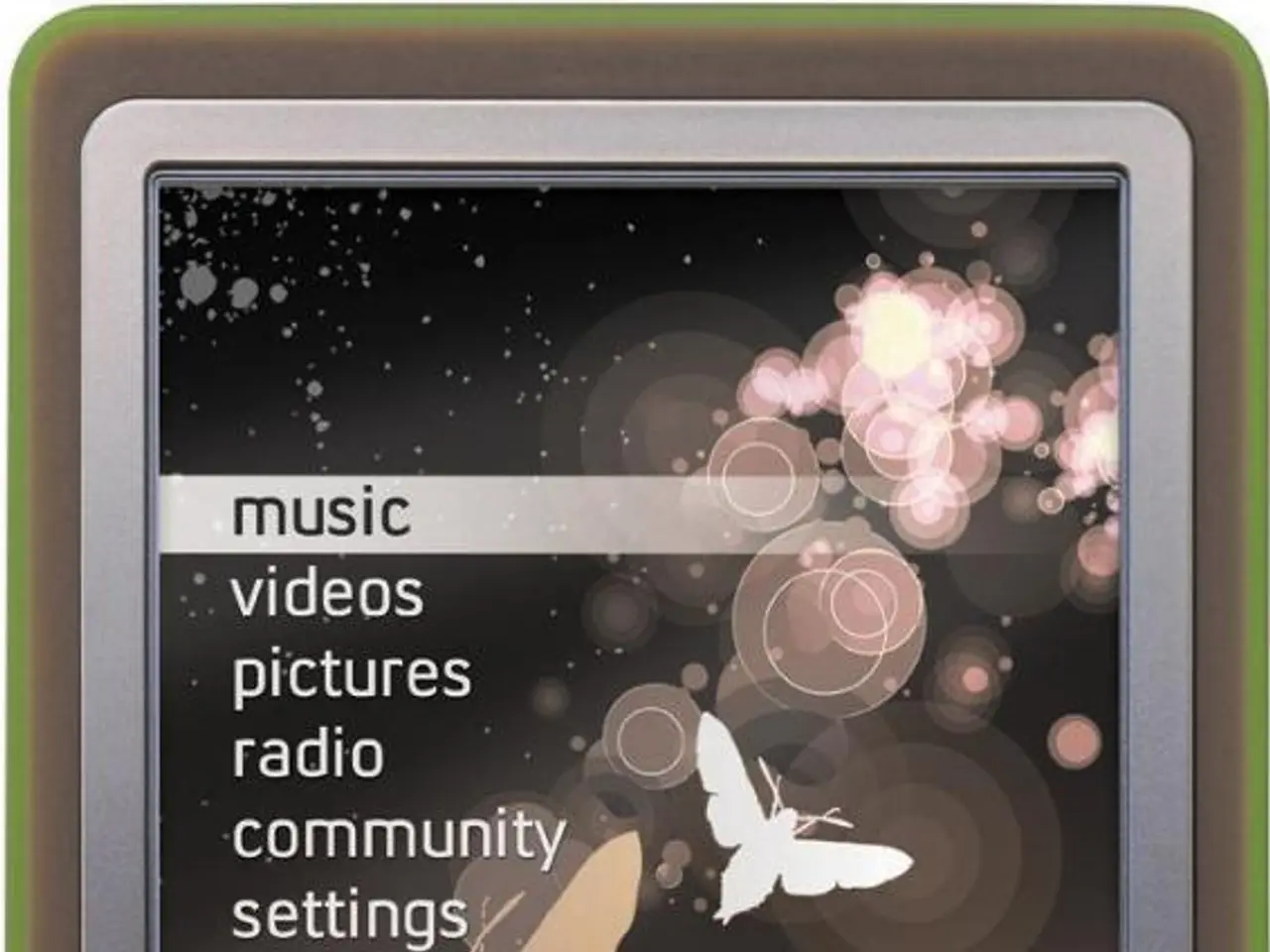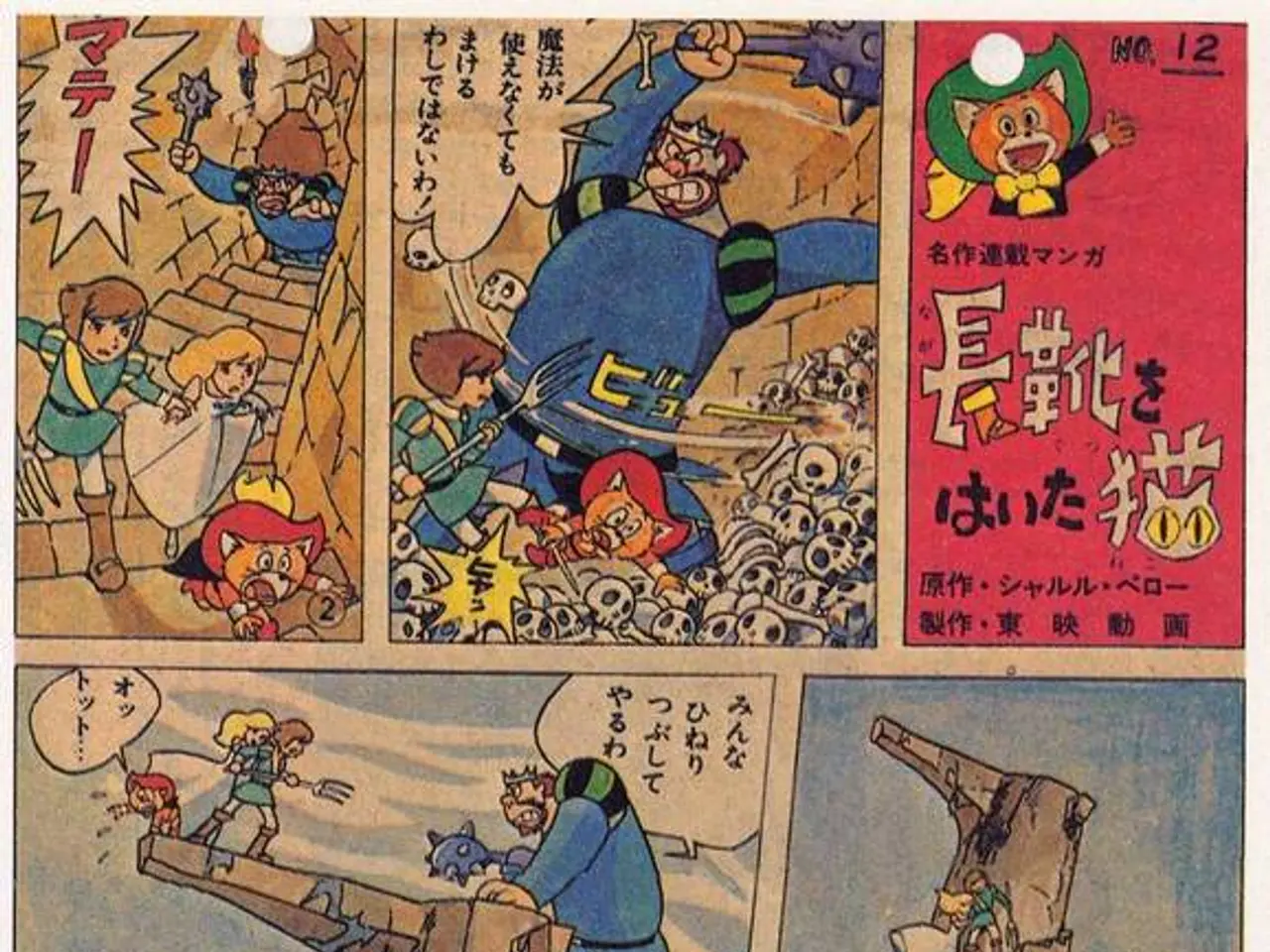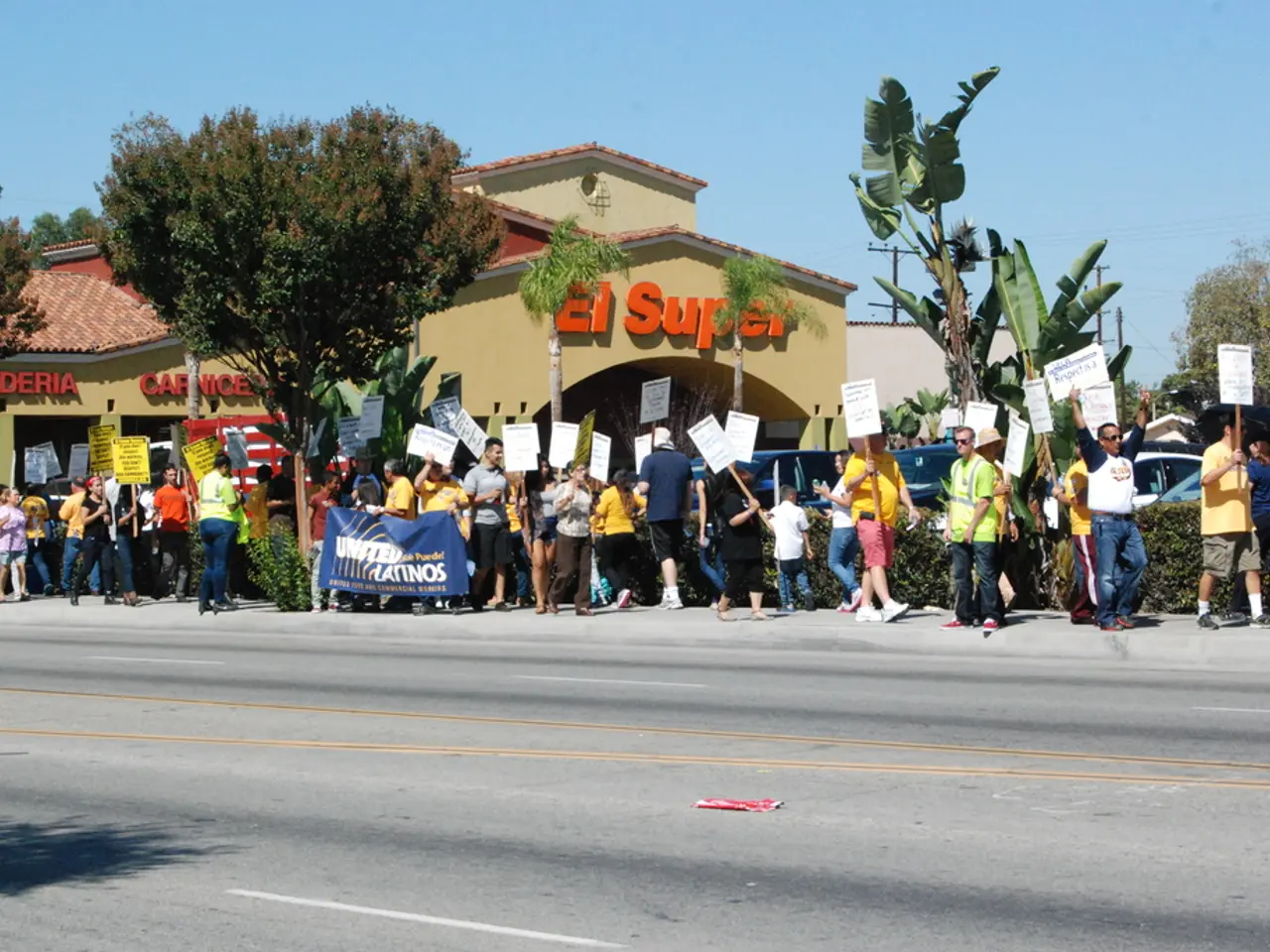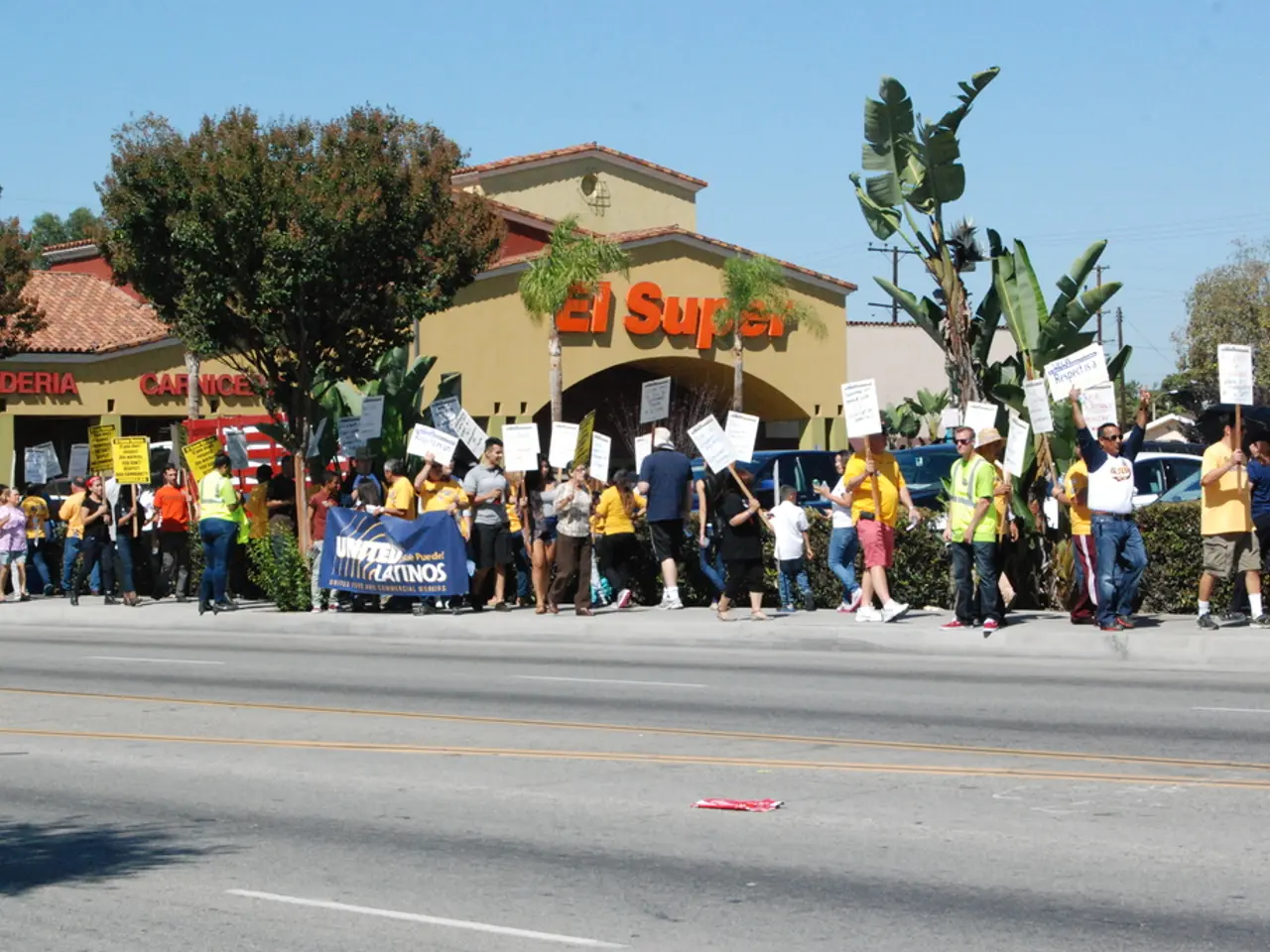Vietnam War prisoner of war Carlyle 'Smitty' Harris, the originator of the secret 'Tap Code' communication system, has passed away.
In a small town in Mississippi, the memory of Retired Air Force Col. Carlyle "Smitty" Harris continues to shine brightly. Harris, a local treasure and a national hero, passed away on July 6, 2023, at the age of 96.
Harris's life was marked by resilience, courage, and an indomitable spirit. During his imprisonment in North Vietnam, he endured nearly eight years of interrogation, torture, solitary confinement, and malnutrition. Yet, it was during these trying times that Harris introduced the "tap code," a communication system that became a beacon of hope for fellow prisoners of war (POWs) during the Vietnam War.
The tap code was a simple yet ingenious system developed by American POWs to maintain morale and unity under brutal prison conditions. The code, which evolved during the prolonged imprisonment of U.S. POWs starting in the mid-1960s, especially at the Hanoi Hilton, was a grid-based substitution cipher where letters were encoded by tapping sequences to indicate their row and column on a 5x5 letter square. This method allowed prisoners to covertly communicate by tapping on walls or pipes—a critical way to resist isolation and maintain contact with one another.
Col. Harris, credited with the development of the tap code, used this system not only for communication but also as a tool of psychological endurance and solidarity. The tap code became widely used across various prison compounds and remained a vital part of POW resistance until their release in 1973.
After his repatriation during "Operation Homecoming" in 1973, Harris recovered for a year at Maxwell Air Force Base, Alabama. He then returned to Mississippi, where he completed a law degree and practiced law, managing a law firm and serving as a bank executive. Harris' contributions to his community extended beyond the legal profession, as he served on numerous charitable committees and organizations.
In 2021, a post office in Tupelo was named after Harris by Congress, honoring his service and sacrifice. The city had already paid tribute to Harris in 2015 by installing an F-105 aircraft painted to look like the one he flew in Vietnam in Veterans Memorial Park. Placards around the aircraft tell the story of Harris' mission and capture.
The Smithsonian also displays some of the artifacts of Harris' internment, such as his tin cup. Harris' autobiography, "Tap Code: The Epic Survival Tale of a Vietnam POW and the Secret Code that Changed Everything," provides a detailed account of his experiences as a POW and the impact of the tap code on the morale and unity of fellow prisoners.
Rep. Trent Kelly (R-Miss.) considered Harris both a national and a local treasure. In Kelly's words, Harris was an "amazing man and an amazing hero" who endured eight years of imprisonment under awful conditions because "he was ... a man of compassion and positive attitude."
The legacy of Col. Carlyle "Smitty" Harris continues to inspire, a testament to the power of the human spirit in the face of adversity. His story serves as a reminder of the resilience and determination that can be found even in the darkest of times.
- During his time with the United States Air Force, Col. Carlyle "Smitty" Harris developed a crucial communication system named the "tap code," which became an essential tool for American prisoners of war (POWs) in Vietnam, facilitating morale, unity, and resistance.
- In the aftermath of the Vietnam War, Harris, an NFL enthusiast, returned to his hometown in Mississippi and pursued a career in law, also serving on various charitable committees and organizations.
- As a token of appreciation for Harris' service, his story has been immortalized in the Smithsonian, with artifacts like his tin cup being displayed, and his autobiography, "Tap Code," narrates his journey as a POW and the impact of the tap code on fellow prisoners.
- In a tribute to Harris' indomitable spirit, the National Football League (NFL) and American-football might find themselves inspired by his tale of resilience and perseverance, much like the spirit demonstrated by space force veterans and astronauts during their demanding missions in the realm of outer space.
